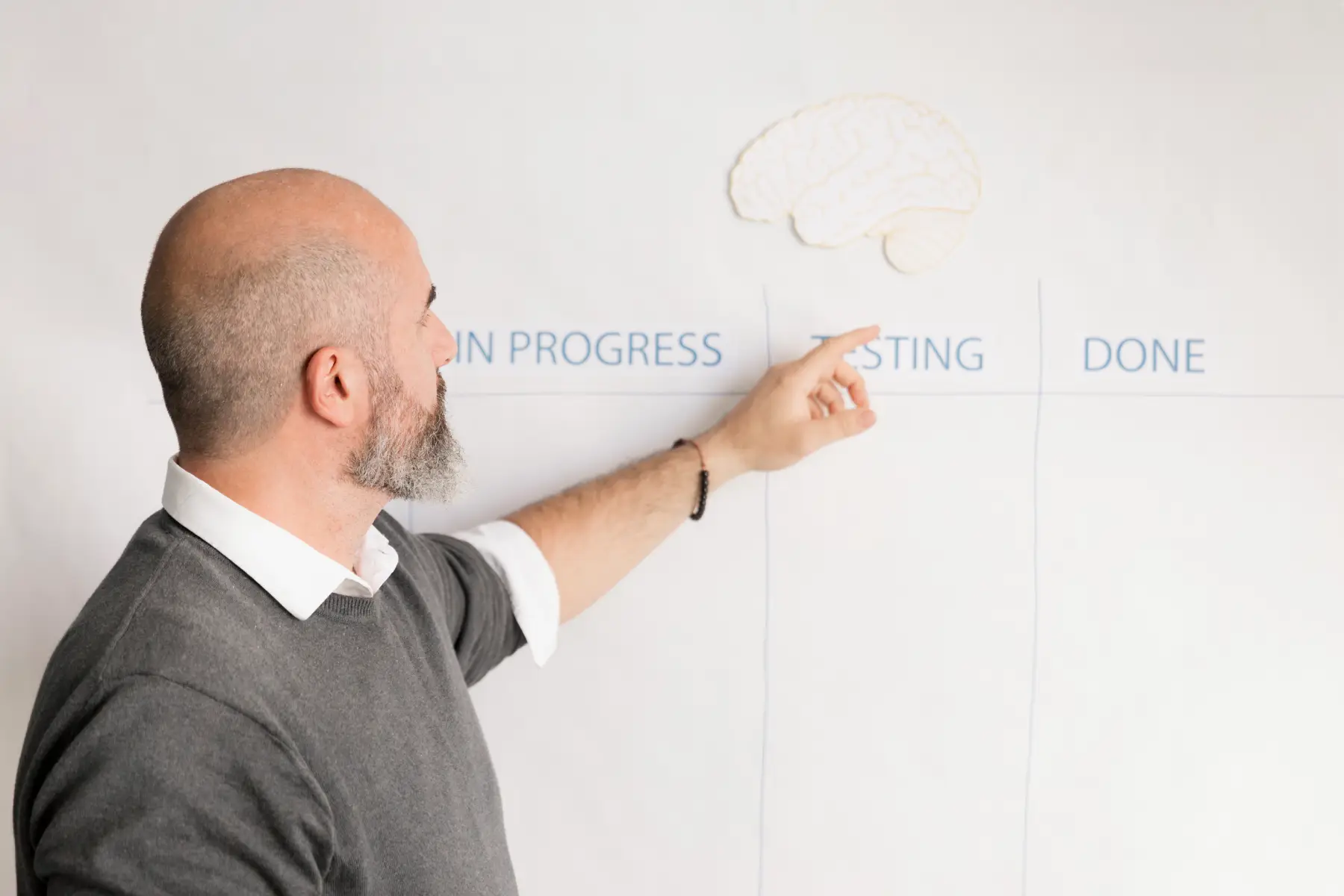From career growth to everyday work challenges, decision-making is an integral part of professional life. Yet, for many professionals, the fear of making the wrong choice or the overwhelming amount of options can lead to analysis paralysis—a state of overthinking and indecision that stalls progress.
Overcoming analysis paralysis requires not only understanding why it happens but also adopting science-backed techniques to make confident, clear decisions. This article explores the psychology of decision-making and provides actionable strategies to sharpen decision-making skills.
What is Analysis Paralysis?
Analysis paralysis occurs when overthinking a situation prevents an individual from making a timely or clear decision. The more options or variables there are, the harder it can be to reach a conclusion.
Common signs of analysis paralysis include:
- Feeling stuck or unable to decide for fear of making the “wrong” choice.
- Spending excessive time researching options instead of acting.
- Repeatedly second-guessing decisions, even after making a choice.
- Avoiding responsibility for decisions altogether.
This indecision not only delays progress but also builds stress, drains energy, and reduces confidence in decision-making abilities over time.
Why Do We Get Stuck in Decision-Making?
Psychologists have identified several reasons why people experience analysis paralysis:
- Fear of Failure: The fear of making a mistake often causes delays. Professionals may hold themselves to unrealistic standards and avoid taking risks altogether.
- Information Overload: Having too much information to process or too many options to choose from can overwhelm the brain, making it difficult to identify the best course of action.
- Perfectionism: The desire to find the “perfect decision” can lead to overanalysis, even when there isn’t a single perfect answer.
- Lack of Structure: Without a clear framework for decision-making, evaluating options can feel disorganised and chaotic, perpetuating indecision.
- Emotional Biases: Emotions such as anxiety, fear, or regret can cloud judgment and contribute to decision fatigue.
The Cost of Indecision
Delayed decisions can have both immediate and long-term consequences, particularly in professional environments:
- Missed Opportunities: Hesitation can result in lost opportunities—such as a project idea, promotion, or collaboration—that others may seize instead.
- Inefficiency: Excessive time spent deliberating reduces productivity and slows the progress of teams and projects.
- Increased Stress: Prolonged uncertainty about a decision heightens mental and emotional strain.
Recognising the impact of indecision is the first step toward breaking free from analysis paralysis and becoming a more decisive professional.
Science-Backed Techniques to Improve Decision-Making
1. Define Your Objectives Clearly
Start by clarifying what you want to achieve with the decision. Ask yourself:
- What is the goal of this decision?
- What would a successful outcome look like?
Defining clear objectives helps create focus, limits overthinking, and prioritises relevant options.
2. Set Time Limits for Decisions
Research shows that time constraints can accelerate decision-making without negatively impacting accuracy. For instance:
- For minor decisions, set a timer (e.g., 10 minutes) to make a choice.
- For larger decisions, schedule a specific deadline to finalise your decision process.
Deadlines reduce overthinking by creating accountability and urgency.
3. Use the 80/20 Rule (Pareto Principle)
The Pareto Principle suggests that 80% of the results typically come from 20% of the effort. When making decisions, focus on identifying the factors that will provide the greatest impact.
For example:
- Identify the top priorities that truly matter for the outcome.
- Let go of excessive analyses that only enhance minor details or marginal benefits.
4. Limit Your Options
More choices create mental overload. Studies show that decision quality improves when the number of options is reduced.
For example:
- Narrow down options to 3-5 viable choices before delving into deeper analysis.
- Eliminate alternatives that don’t align with your goals early in the process.
5. Apply the “Two-Minute Rule” for Small Decisions
For decisions with minimal consequences, implement this quick rule:
- If taking action requires less than two minutes of thought, act on your intuition rather than deliberating unnecessarily.
Small, quick decisions lead to forward momentum and free up focus for more significant considerations.
6. Break Complex Decisions into Steps
Instead of addressing overwhelming decisions in one go, break them into smaller, manageable steps.
For example:
- Step 1: Gather only essential information.
- Step 2: Identify potential risks for the top three options.
- Step 3: Compare the options directly against your goals.
This structured approach simplifies the process, promotes clarity, and makes decisions feel more achievable.
7. Rely on Decision Frameworks
Decision frameworks help eliminate emotional biases and bring objectivity. Proven methods include:
- Eisenhower Matrix: Divide options into four categories:
- Urgent & Important: Prioritise immediately.
- Important but Not Urgent: Schedule for later.
- Urgent but Not Important: Delegate to others.
- Neither Urgent nor Important: Ignore or eliminate.
- Decision Matrix: Rank options by criteria (e.g., cost, impact, risk) and assign scores. Let the highest-scoring option guide your decision.
8. Focus on Progress, Not Perfection
Accept that there is no “perfect” decision in many cases. Focus on making the best decision possible with the available information rather than obsessing over finding a flawless solution.
Remind yourself: “It’s better to act and adjust later than to stay stuck.”
9. Leverage Expert and Peer Input
Seek advice from mentors, colleagues, or trusted peers to gain fresh perspectives. They may offer insights you hadn’t considered or help you weigh pros and cons.
However, balance seeking input with taking ownership of the final decision to avoid over-reliance on others.
10. Trust Your Intuition
Research in neuroscience highlights the power of intuition in decision-making. While it’s valuable to consider facts and data, sometimes your gut feeling—based on past experiences—can guide you toward the right decision.
If the analytics are inconclusive, listen to your instincts as part of the process.
How to Reflect on and Improve Decisions
Once a decision is made, evaluating the outcome is crucial for building future decision-making skills:
- Review What Went Well: Identify aspects of the decision-making process that helped you move forward effectively. For example:
- Did setting a deadline improve your efficiency?
- Did relying on a framework clarify your options?
- Learn From Mistakes: If the decision didn’t produce desired outcomes, focus on what can be improved rather than on blame. Reflecting on lessons ensures growth over time.
- Celebrate the Process: Even if the outcome is imperfect, acting decisively represents progress. Acknowledge your efforts to avoid falling back into the paralysis mindset.
Final Thoughts: Move From Stuck to Strategic
Analysis paralysis sidetracks even the most capable professionals, but it doesn’t have to define your decision-making approach. By adopting structured techniques, trusting your instincts, and focusing on learning rather than perfection, you can approach decisions with clarity, confidence, and efficiency.
Remember, inaction is often more harmful than an imperfect decision. Make progress—not perfection—your guiding principle, and watch how new opportunities unfold.








